The fact that you are probably seeing or reading this article is because you have heard something about Ghana that interest you and you want to dig in. of Ghana, some many years back called goldcoast is a nation brimming with captivating history and vibrant culture, offers an unparalleled journey for any traveler eager to delve into the past. From ancient trade routes to pivotal moments in the fight for independence, Ghana’s historical sites are not just relics of yesteryear; they are powerful narratives etched into the very landscape, inviting you to listen and learn.
The Echoes of Elmina and Cape Coast Castles
No historical tour of Ghana is complete without visiting the poignant Elmina Castle

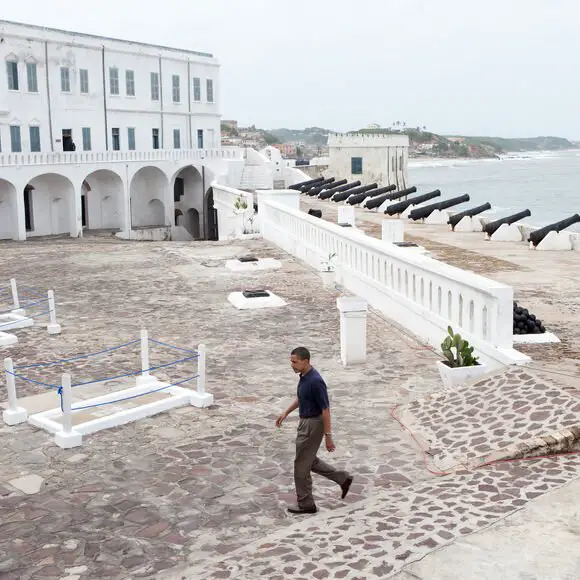

and Cape Coast Castle. These UNESCO World Heritage Sites stand as somber reminders of the transatlantic slave trade, a period that profoundly shaped human history. Walking through the dark dungeons, gazing out from the “Door of No Return,” and hearing the stories of those who suffered within these walls is a profoundly moving experience. The sheer scale and enduring presence of these fortresses offer a tangible connection to a painful yet crucial chapter, fostering reflection and a deeper understanding of resilience.
A Beacon of Freedom: The Kwame Nkrumah Mausoleum
Moving from sorrow to triumph, the Kwame Nkrumah Mausoleum in Accra is a testament to Ghana’s hard-won independence and a tribute to its first president, Osagyefo Dr. Kwame Nkrumah.
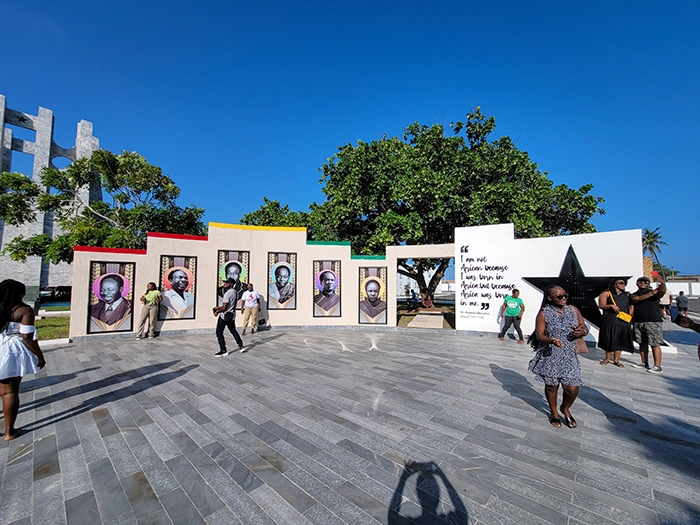
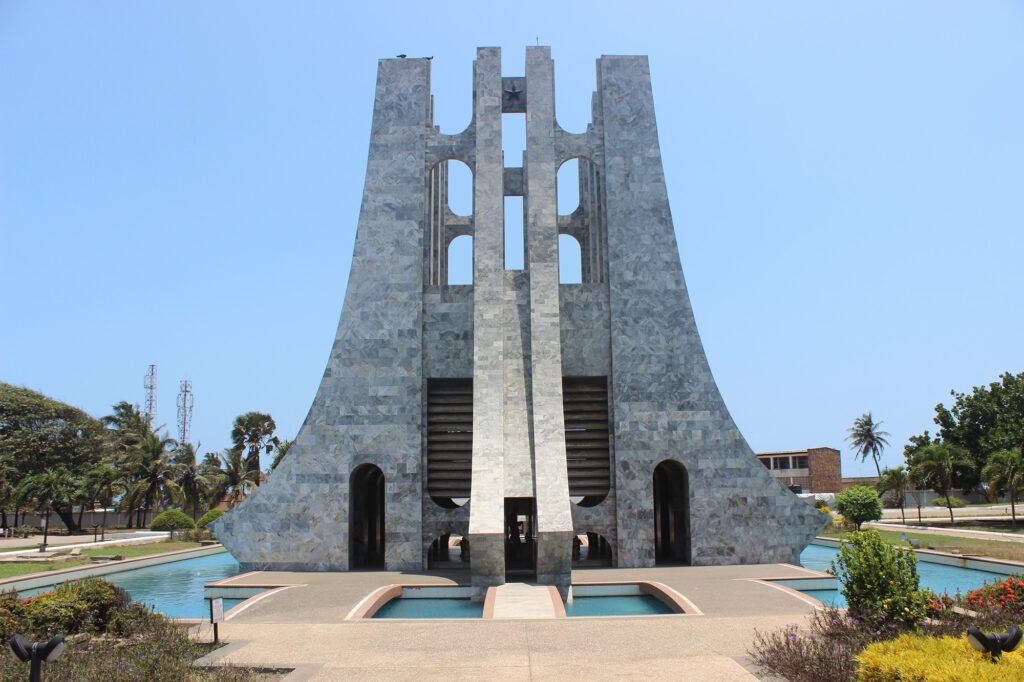

This beautifully designed monument houses Nkrumah’s remains, along with a museum showcasing his life, struggles, and pan-African vision. It’s a powerful symbol of national pride and a reminder of the fight against colonialism that inspired many across the continent.
Beyond the Castles: Exploring Accra’s Heritage

Accra, Ghana’s bustling capital, isn’t just a modern metropolis; it’s a treasure trove of history. Jamestown, with its iconic lighthouse and colonial-era buildings, offers a glimpse into Accra’s past as a fishing village and a colonial administrative center. The vibrant community here continues to uphold traditions while living alongside the rapid development of the city.
For those interested in intellectual history, the W.E.B. Du Bois Memorial Centre for Pan African Culture
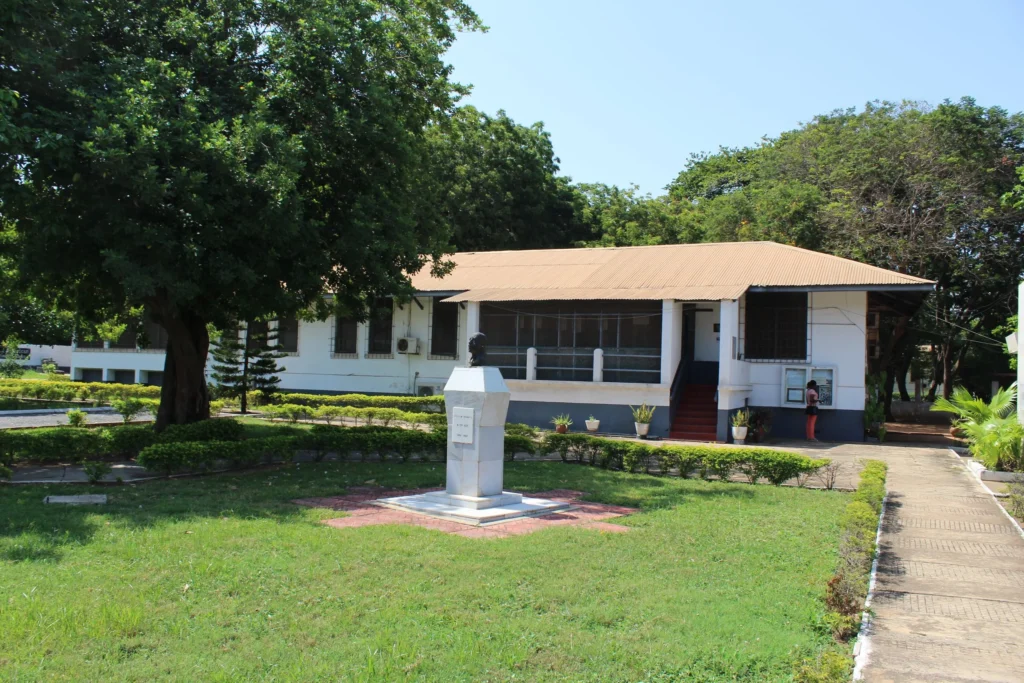
honours the life and legacy of the influential civil rights activist who spent his final years in Ghana. It serves as a research facility, a museum, and a peaceful resting place for Du Bois and his wife.
The Sacred Abodes: Ashanti Traditional Buildings
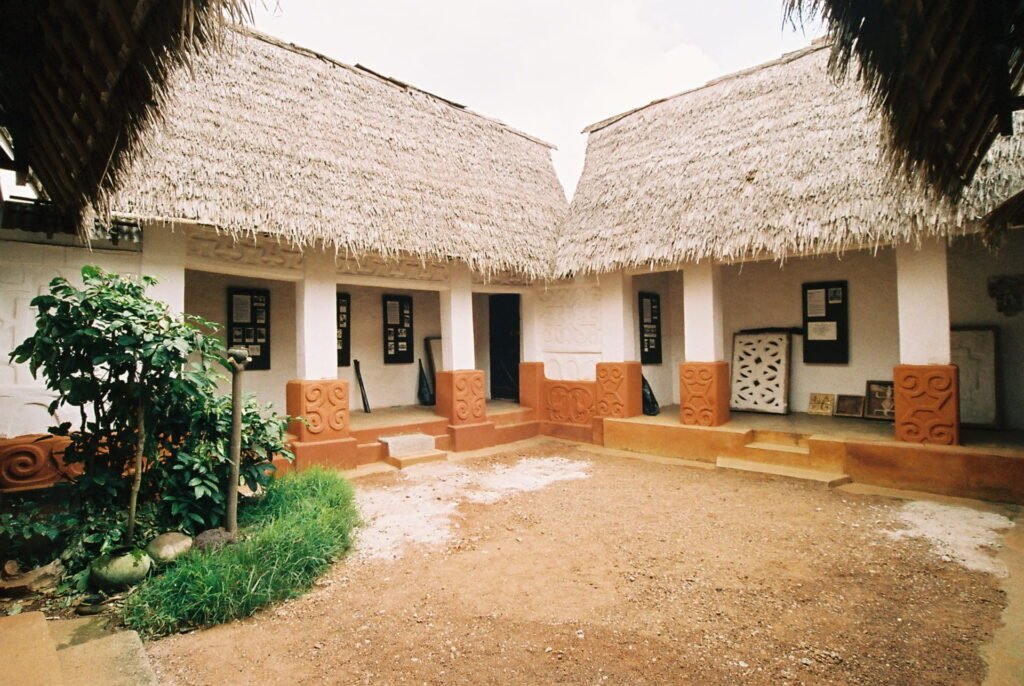
Venturing inland to the Ashanti Region, you’ll discover a different facet of Ghanaian history: the Ashanti Traditional Buildings. These unique structures, also a UNESCO World Heritage Site, represent the last remaining examples of the once-flourishing traditional architecture of the Ashanti Kingdom. Made from earth, wood, and thatch, they embody the rich artistic and spiritual heritage of the Ashanti people. While many were destroyed in the Anglo-Ashanti wars, the preserved examples offer a rare insight into a powerful and sophisticated pre-colonial civilization.
Why Visit Ghana’s Historic Sites?
Visiting Ghana’s historical sites is more than just sightseeing; it’s an immersive educational experience. It’s an opportunity to connect with the past, understand the present, and contribute to a future that values heritage and human dignity. Each site tells a unique story, enriching your understanding of Ghana’s journey and its profound impact on global history. Come and walk where history was made, feel the echoes of the past, and leave with a deeper appreciation for this remarkable nation.
Tour Package

FAQs About Ghana’s Historical Sites
Q1: What is the historical significance of the Elmina and Cape Coast Castles?
These castles are powerful symbols of the transatlantic slave trade. Originally built by European powers as trading posts for gold, timber, and other goods, they later became holding pens for enslaved Africans before their forced voyage across the Atlantic. The “Door of No Return” at these sites is a particularly poignant reminder of the final moment enslaved people had on African soil before being shipped to the Americas.
Q2: What is the purpose of the Kwame Nkrumah Mausoleum?
The Kwame Nkrumah Mausoleum is the final resting place of Dr. Kwame Nkrumah, Ghana’s first president. It’s a monument dedicated to his life and legacy as a key figure in the fight for independence and the Pan-African movement. The park and mausoleum symbolize national pride and serve as a reminder of his vision for a united Africa.
Q3: What is Jamestown in Accra known for?
Jamestown is one of Accra’s oldest districts and a living piece of history. Originally a colonial settlement that grew around the British Fort James, it is known for its colonial-era architecture, vibrant community life, and a famous lighthouse that offers panoramic views of the city and fishing harbor. It’s a place where the past and present coexist in a bustling, energetic environment.
Q4: What are the Ashanti Traditional Buildings and why are they important?
The Ashanti Traditional Buildings are the last remaining examples of the traditional architecture of the Ashanti Kingdom. Made from earth, wood, and thatch, these structures—mostly shrines and fetish houses are a UNESCO World Heritage Site. They are important because they preserve the artistic, spiritual, and cultural heritage of the Ashanti people, showcasing their sophisticated design and symbolic art.



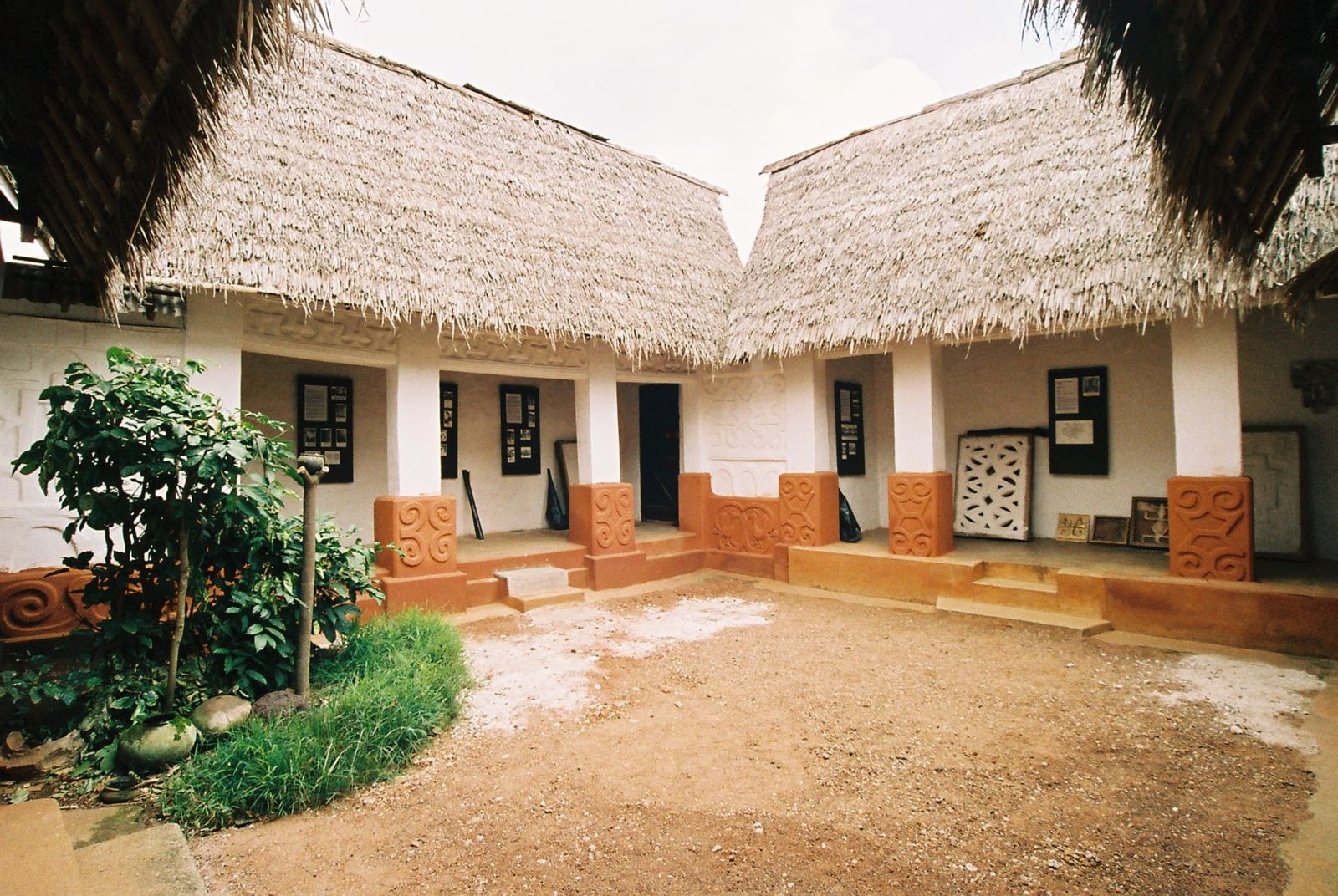




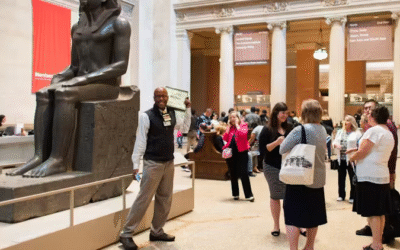


0 Comments